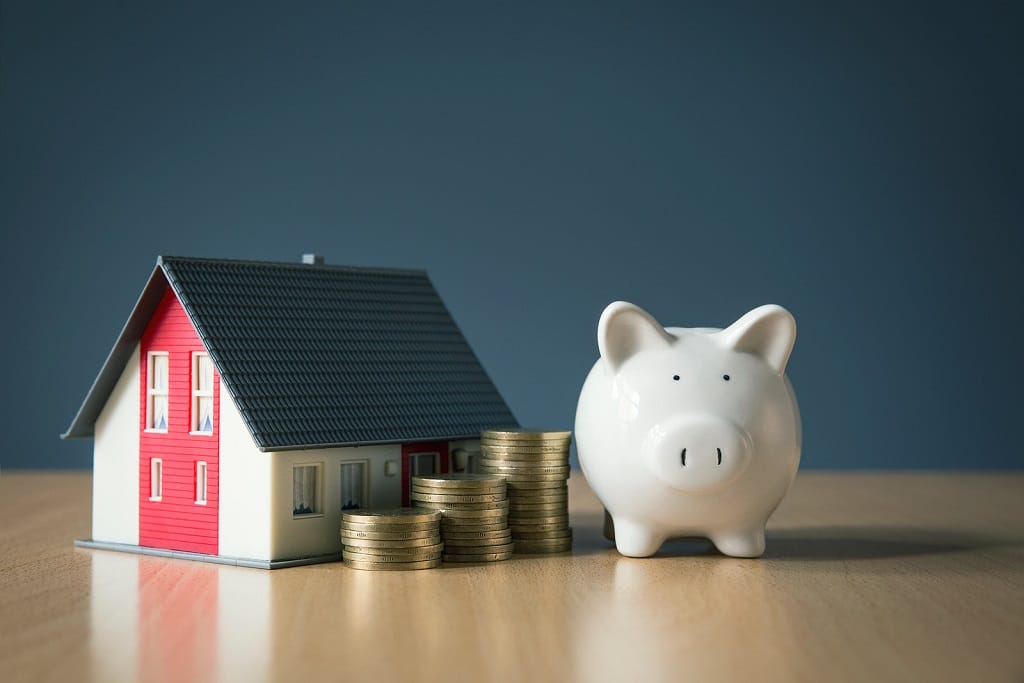Homeownership gives you a sense of pride, but maintenance, repairs, and remodels can be extremely expensive. If the DIY Route isn’t an option for you, then you’ll need to decide what the best ways to finance your projects are.
The key is figuring out what the most important projects are that need to be completed first and then prioritizing those based on cost.
If there’s a will there’s a way to finance your home improvement projects.
Let’s look at five of them now…
1)) Use Cash When You Can
If you plan on taking tackling a small project like painting your kitchen cabinets, replacing the cabinet pulls, and installing a new kitchen faucet, we recommend that you use cash as the materials will not cost much.
It makes no sense to get into credit card debt for projects for which you could pay right out of your pocket unless you plan to pay the balance off within the same month as the charge.
Saving up for major home improvement projects can take a long time, and is usually difficult, due to paying standard household bills. But for smaller projects, using cash is the best choice.
2)) Use Low or Zero Interest Loans or Credit Cards
Again, this is best for small projects. If you don’t have the cash on hand, but have good credit and can get a low or 0% interest loan, then this could be a good option.
The problem is you usually only get 12 to 18 months to pay off these types of loans. If you don’t, then the interest rates usually skyrocket.
So, if you’re going to go this route, then set up affordable monthly payments for yourself to ensure that it’s paid off in time.
This takes discipline to pull off; otherwise, you could end up mounting debt that could destroy your credit if you begin missing payments.
3)) Get Personal or Unsecured Loans
For larger projects for which you don’t have the cash, a personal, unsecured loan could be an option for you to finance your home improvement projects.
These are easy loans to apply for and you don’t have to have any collateral (e.g. your home) to jeopardize should you default on the loan.
However, you might find the interest rates to be a little on the high side on a personal loan.
So, you’ll want to read the fine print very carefully to make sure you understand the terms and whether or not you feel it’s worth it.
4)) Consider a Home Equity Loan
In order to be eligible for a Home Equity Loan, you need to have sufficient equity in your property.
You’ll likely need up to 20% equity in your home and really good credit to get approved for a home equity loan.
You will be using your home as collateral in this instance, so if you don’t pay you run the risk of losing your home in foreclosure.
For large home improvement projects, this could be a great option.
5)) Get a Refinance Loan
You will need to have been paying on your loan for several years to qualify for this.
So you will have paid down your loan balance, but your home will also have needed to increase in value. And of course, that’s not something you necessarily have control over.
But if all of the stars align, this could be a great option for large home improvement projects.
One thing to keep in mind, though, is that even though you will be getting a lower interest rate, your monthly mortgage payments could go up because you’ll be adding the amount of money you need to borrow for your home improvement to your mortgage payments.
Conclusion
Make sure you do your homework when it comes to financing your project. You will need to make sure that you take into consideration what you can handle now and in the future.
Using up all of your savings to fix up your kitchen isn’t going to work out well for you if something comes up like an unexpected illness or a major repair is needed on your vehicle.
So keep that in mind when deciding how you will finance your home improvement project.
Download Our Free E-book!








